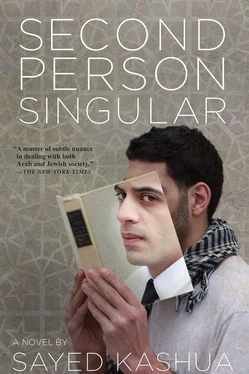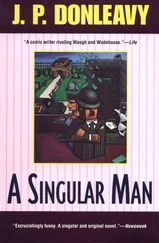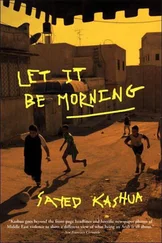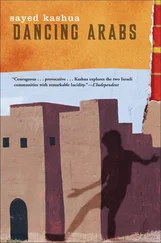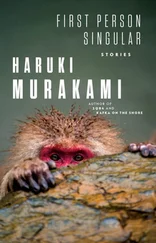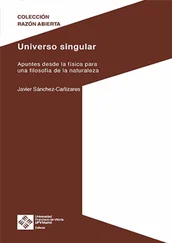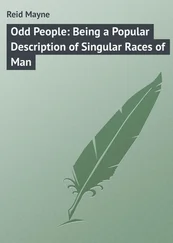The lawyer walked through the gates and onto the campus and stood before a sign that pointed the way to the different exhibits — plastic art, visual media, ceramic design, architecture, and other shows that did not interest him in the least. He looked for the arrow that pointed the way to the photography exhibit.
There was very little foot traffic in the photography wing when he got there. Each time he heard steps along the hard floor, the lawyer spun around to look for Yonatan. There were different-sized photos hung on the walls of the open classrooms and along the halls. The lawyer tried to walk slowly and lend himself the air of someone just taking in the arts even though what really interested him was the little white rectangle next to each photo, where the student’s name was presented.
The lawyer, looking for Yonatan’s work, toured the halls and the classrooms, gazing at landscapes and rotted-out buildings and portraits of people who glared at him, generally in the nude. There were also plenty of unclear photos, cut in the middle or blurred or splotched with color. He walked into the classrooms and, if they were empty, he made do with a glance at the name of the student presenting. If there were others milling around that particular exhibit, then he forced himself to make a round, eyeing the pictures at a hurried stroll.
The third room he entered was Yonatan’s. All it took was one glance and he was set at ease: these were not the photos that the art history professor had referred to earlier in the day. There was no way that these old photos, in black and white, were outstanding or compelling. He himself had already seen more interesting photos in that day’s paper.
“To my mind,” the lawyer heard an older woman whisper to her partner, “this young man’s work is the most interesting of all.”
“Yes, he’s a real talent,” her authoritative partner said. “What’s his name?”
Please, no, no, the lawyer prayed before hearing the woman say, “Forschmidt, Yonatan Forschmidt.”
The lawyer looked very carefully at Yonatan’s prints, the faces along the wall. He felt he had to understand what had so impressed the elderly couple, for whom art exhibitions were surely a way of life. He breathed in deeply and started to examine the expressions on the people’s faces, the wrinkles, the pupils, the sad smiles, every last one of the details that Yonatan, that bastard, knew how to zero in on. They really are impressive, the lawyer thought, looking at the close-ups of the children, teens, women, and men. The lawyer, who was always proud of his ability to discern between Arab and Jew at a glance, had a hard time determining the ethnicity of these people.
He looked at his watch. He still had some time and he lingered in front of the prints and thought of the best way to express his enthusiasm to Yonatan, if he should bump into him. All told, there were twelve prints on display, eleven of which were portraits. Suddenly the lawyer was drawn to the twelfth one, which was positioned apart from the rest, in the corner, as though someone were hiding it from him.
The photograph was of a naked back, the arched back of a woman on the edge of a child’s bed. He approached the picture slowly and felt his heart rate rise as he drew nearer to the woman’s bared back. Ashamed of what he was doing, he looked over his shoulder to make sure no one was coming. This picture, also in black and white, had been taken in a rather dark room, and he imagined that Yonatan had trained a soft yellow night-light at the woman’s back. The complexion of her skin, her hair — trailing down the nape of her neck in a few scant ringlets — were of an indiscernible shade.
Again he made sure that he was alone in the room and then took one more step forward, so that his nose almost brushed against the print. He stared hard at the spot where the woman’s behind touched the bed, at her scapula, her spine, her neck. Suddenly he put a hand out to caress the naked woman’s hips. He could have sworn they were Leila’s.
